What to do in Hungary: 20 must-sees and must-dos
Anto
12 Mar 2024
In the twists and turns of Central Europe, a fascinating country attracts travelers in search of history, culture and natural beauty: Hungary. Nestled between Austria, Slovakia, Ukraine, Romania, Serbia, Croatia and Slovenia, this enigmatic nation captivates with its unique blend of Eastern and Western influences. From the baroque palaces of Budapest to the picturesque villages of the Hungarian countryside, soothing thermal waters and vibrant folk festivals, Hungary offers a breathtaking journey through centuries of history and tradition. In this article, we delve into the very essence of this hidden gem of Europe and discover what makes it a must-see destination for travelers in search of authentic experiences.
Your online travel health insurance
Start your quotation now and obtain your medical insurance certificate, which insures medical expenses according to the country’s needs.
Budapest, Hungary’s bewitching capital, is a city where thousand-year-old history blends harmoniously with effervescent modernity. Nestled majestically on the banks of the Danube, this metropolis offers breathtaking sights around every corner.
In the heart of the city, the panorama is dominated by the majestic Hungarian Parliament, a neo-Gothic masterpiece that illuminates the landscape with its imposing silhouette. Beside it, Buda Castle stands proudly on the hill, offering breathtaking views of the sparkling river and bustling city.
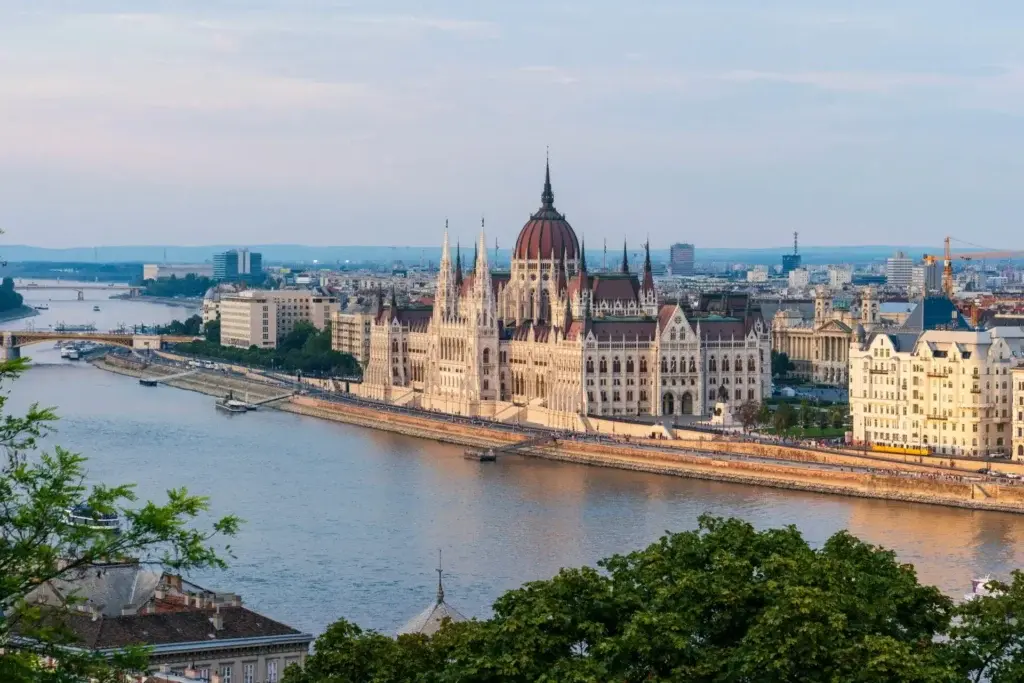
The sparkling pearl of Central Europe, Lake Balaton is much more than just a body of water: it’s a veritable natural treasure, a haven of peace where time seems to stand still. Stretching majestically for almost 80 kilometers, it is the largest freshwater lake in Central Europe and a must-see jewel in Hungary’s crown.
Nestled in an idyllic setting of green hills and picturesque vineyards, Lake Balaton has for centuries been a haven for Hungarians seeking relaxation and recreation. Its calm, shallow waters are ideal for swimming, sailing, kayaking and a host of other water sports, making it a water paradise for families, friends and outdoor enthusiasts.
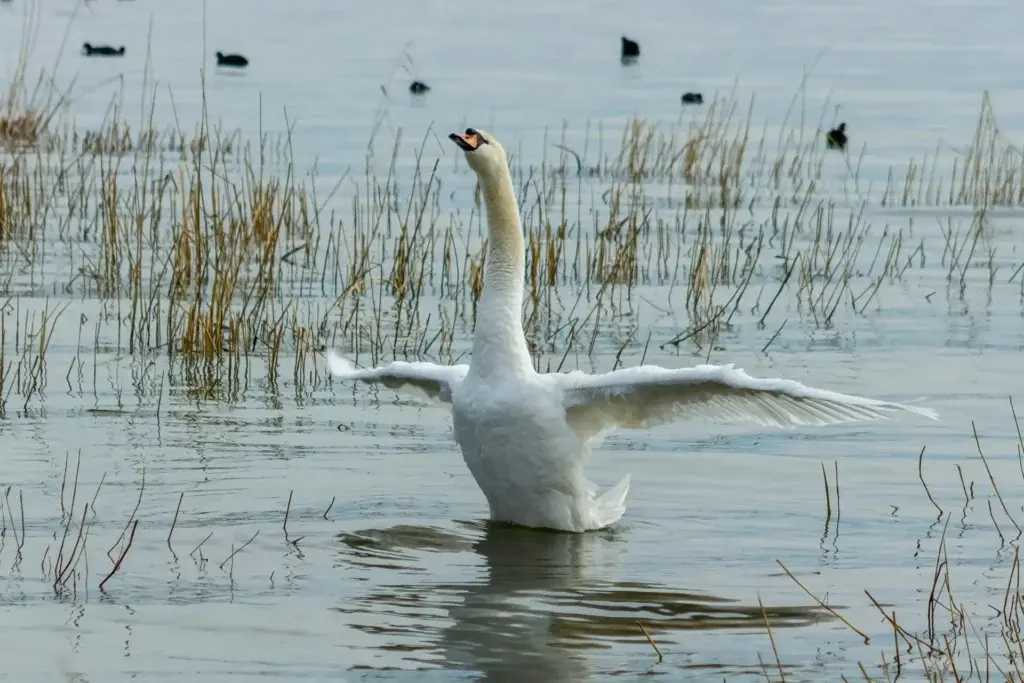
Perched majestically on Buda Hill, overlooking the winding banks of the Danube, Buda Castle is an iconic fortress embodying the eventful history and architectural grandeur of Budapest, the Hungarian capital. This undeniable symbol of the city has stood the test of time, bearing witness to the various eras and influences that have shaped its destiny.
Originally built in the 13th century, Buda Castle has been the seat of Hungarian kings for centuries, a symbol of power and prestige. Over time, it has undergone numerous transformations, becoming an architectural complex of great stylistic diversity, combining Gothic, Baroque and Neoclassical elements.
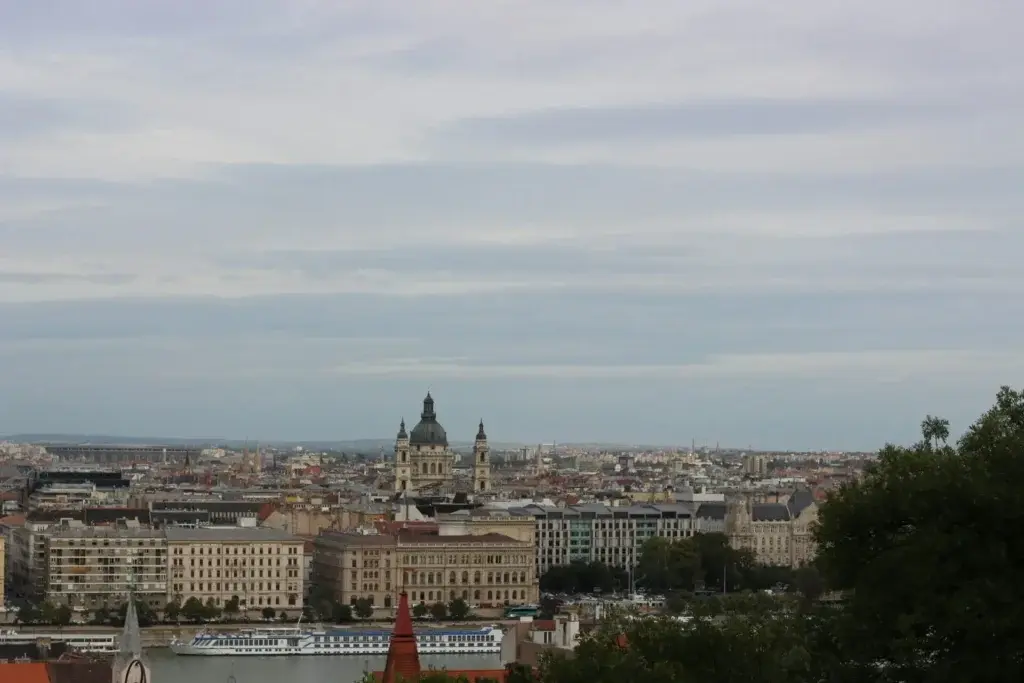
The Hungarian Parliament, one of Budapest’s architectural marvels, stands majestically on the banks of the Danube, like an imposing guardian of Hungary’s history and democracy. With its emblematic silhouette and magnificent neo-Gothic details, it is not only the seat of the country’s legislative power, but also one of the Hungarian capital’s most emblematic and most visited attractions.
Built at the turn of the 20th century, the Hungarian Parliament is the remarkable work of Hungarian architect Imre Steindl. Its impressive proportions and elaborate detailing make it one of the most remarkable examples of neo-Gothic architecture in Europe.

Lake Hévíz, Hungary’s natural gem, is much more than just a lake: it’s a therapeutic treasure trove, an oasis of well-being and healing in the heart of the Hungarian countryside. Nestled in an idyllic setting of lush vegetation, this unique thermal lake is Europe’s largest natural freshwater thermal lake and a must-see destination for health and relaxation enthusiasts.
What makes Lake Hévíz so special is its unique composition of warm thermal waters and mineral-rich healing muds. Thanks to these warm waters rising from the depths of the earth, the lake stays warm all year round, even during the coldest winter months. Visitors can bathe in its soothing waters and enjoy the therapeutic benefits of its natural minerals, which are reputed to relieve joint pain, improve circulation and promote relaxation and general well-being.

The Great Synagogue of Budapest, an architectural marvel and vibrant symbol of the Hungarian Jewish community, stands majestically in the heart of the Hungarian capital. Built in the mid-19th century in the city’s lively Jewish quarter, this impressive synagogue is the largest in Europe and the second largest in the world, testifying to the cultural and historical richness of Budapest’s Jewish community.
Designed by Austrian architect Ludwig Förster in a spectacular neo-Moorish style, the Great Synagogue is a true architectural masterpiece. Its imposing façade is adorned with exquisite oriental motifs, slender domes and tapering towers that evoke the exoticism of ancient oriental synagogues.

St. Stephen’s Basilica, an architectural and religious treasure nestled in the heart of Budapest, embodies the grandeur and spirituality of the Hungarian capital. Dedicated to Hungary’s first king, St. Stephen, this imposing Roman Catholic church is one of the city’s most iconic attractions, attracting visitors from all over the world with its impressive beauty and rich historical heritage.
Built in the 19th century in an elegant neoclassical style, St. Stephen’s Basilica impresses with its imposing proportions, elegant lines and majestic facade adorned with statues and Corinthian columns. Dominating Budapest’s skyline, its twin towers soar skyward, providing an iconic silhouette that stands out against the city’s panorama.
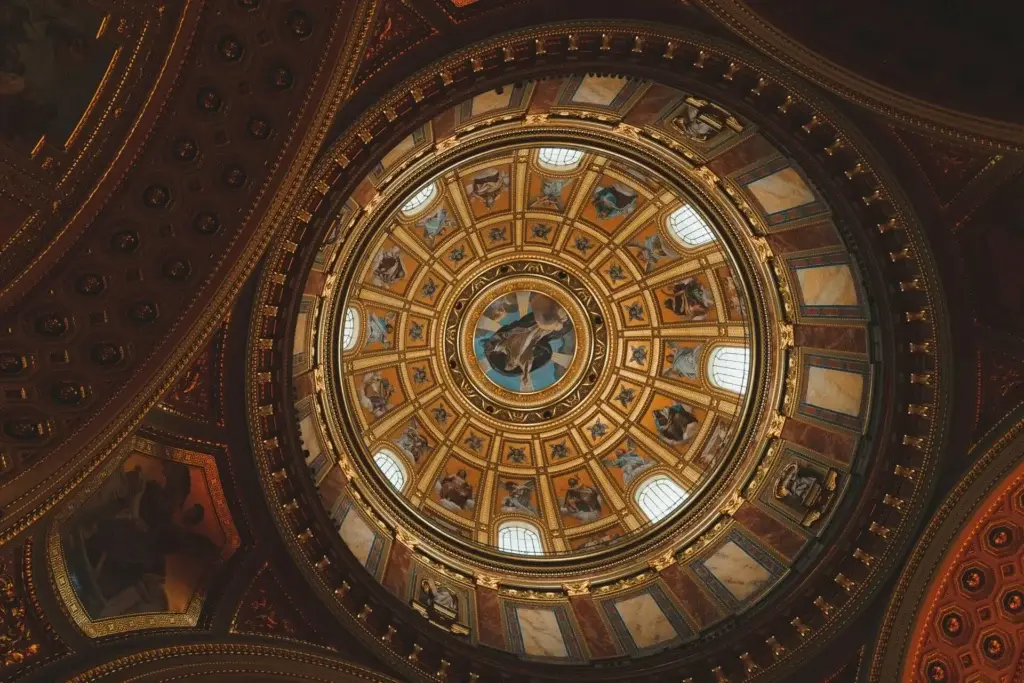
Eger, a picturesque town nestled in the green hills of northeast Hungary, seduces visitors with its medieval charm, rich historical heritage and gastronomic delights. A former border fortress, Eger is famous for having repelled Ottoman attacks in the 16th century, a heroic episode that has left an indelible mark on its urban landscape and culture.
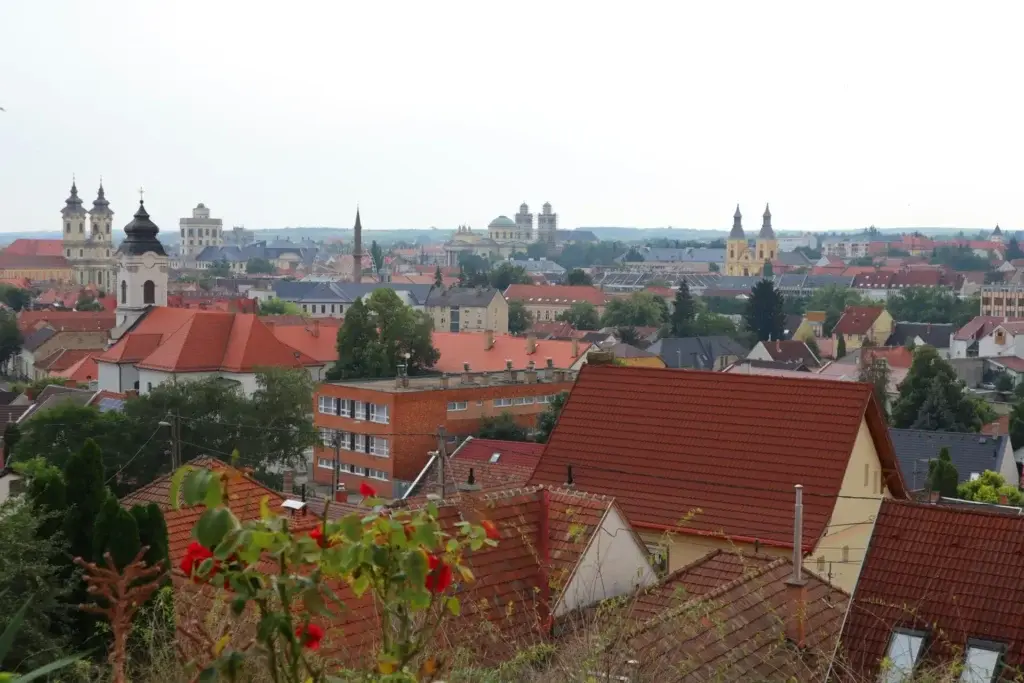
Located in south-west Hungary, Pécs is an enchanting city that harmoniously blends its rich historical heritage with a vibrant contemporary atmosphere. Founded by the Romans over 2,000 years ago, Pécs has been shaped by a multitude of cultures over the centuries, becoming a veritable melting pot where history and modernity rub shoulders with elegance.
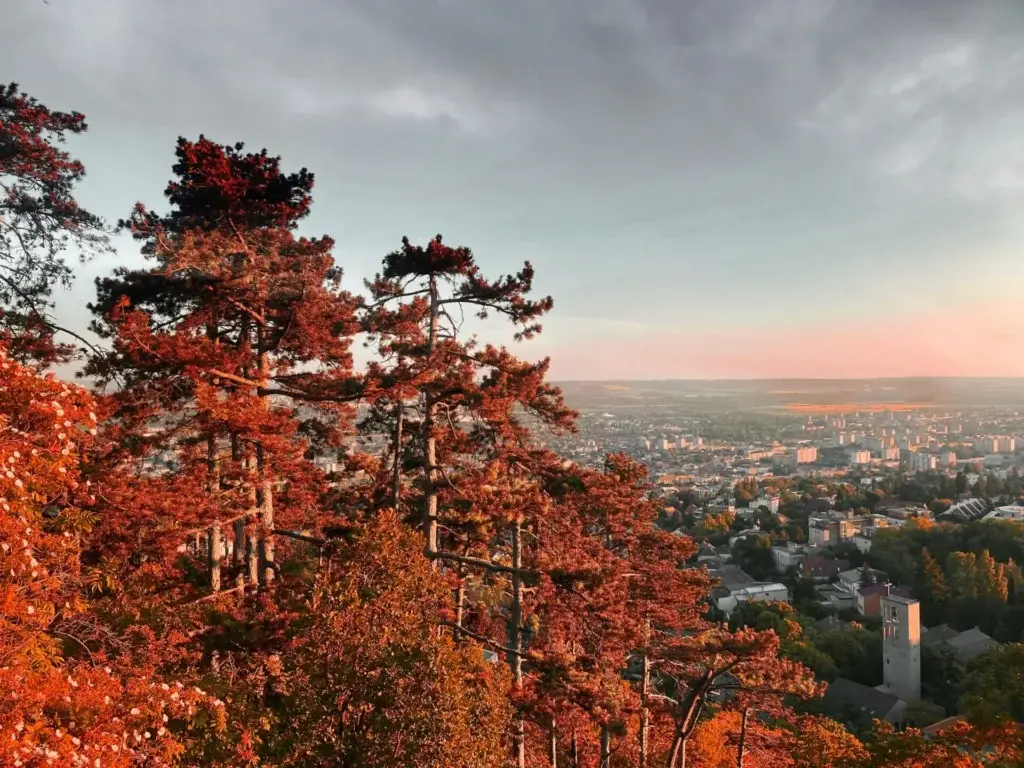
The Széchenyi thermal baths, an oasis of relaxation and well-being in the heart of Budapest, are much more than just a place to bathe: they are historical and cultural treasures that captivate visitors from all over the world. Nestled in a magnificent park in the heart of the city, these thermal baths are the largest in Europe, offering a unique experience that elegantly blends past and present.
Built in the early 20th century in a sumptuous neo-Baroque style, the Széchenyi baths are a true architectural masterpiece. Their magnificent buildings, adorned with majestic domes, elegant colonnades and graceful sculptures, evoke the opulence and grandeur of the Hungarian imperial era.
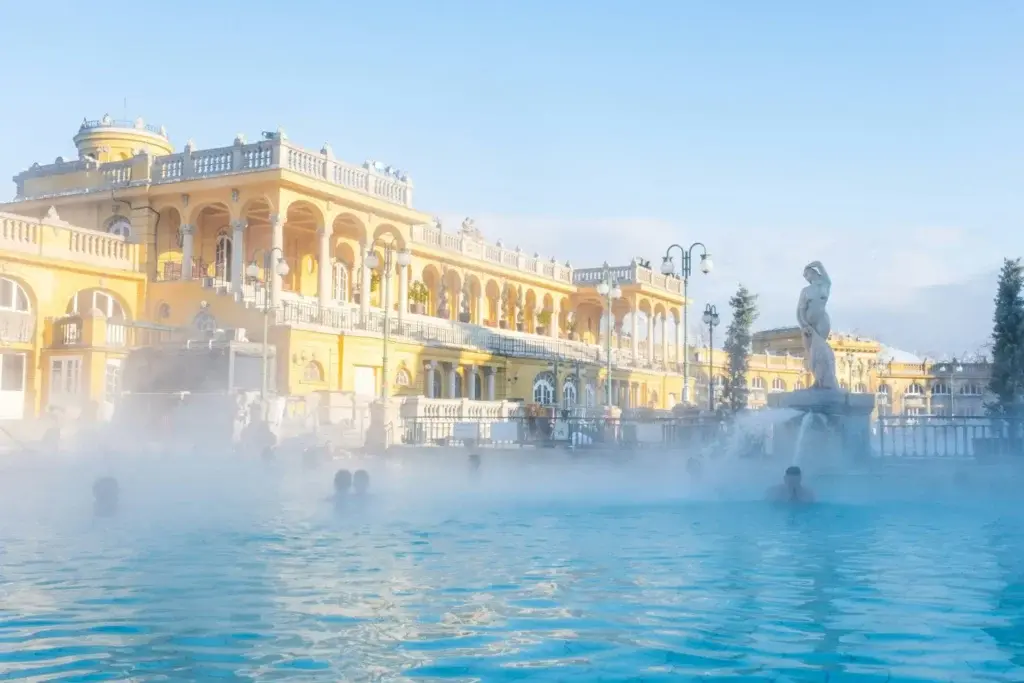
The Fishermen’s Bastion, an architectural marvel perched on Budapest’s Buda Hill, is much more than just a belvedere: it’s an emblematic symbol of the city, an icon that evokes the medieval charm and romantic elegance of the Hungarian capital.
Built in the early 20th century in a picturesque neo-romantic style, the Bastion des Pêcheurs owes its name to the fishermen who were once responsible for defending this part of the city. Today, its seven slender turrets and crenellated walls offer a spectacular panorama of Budapest, with a breathtaking view of the Danube, the Hungarian Parliament and Buda Castle.

Lake Tisza, a majestic body of water nestled in the fertile plains of eastern Hungary, is much more than just a lake: it’s a true paradise for nature lovers, an unspoilt sanctuary where flora and fauna thrive in harmony.
Created by the construction of the Kisköre dam on the River Tisza in the 1970s, Lake Tisza has rapidly developed into a dynamic aquatic ecosystem, providing a vital habitat for a multitude of fish, bird and plant species.
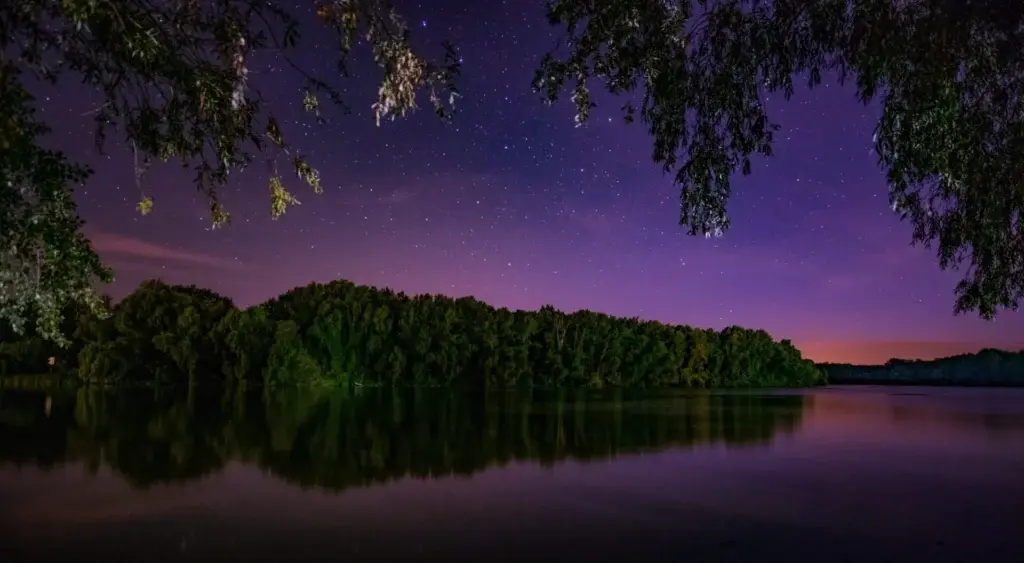
Heroes’ Square, one of Budapest’s most emblematic squares, is much more than just an urban space: it’s an impressive testimony to Hungary’s history and culture, a majestic backdrop that celebrates the great figures of its glorious past.
Dominated by the Millennium Monument, an imposing structure adorned with columns and monumental sculptures, Heroes’ Square is a symbol of Hungarian national identity. Built to mark the millennium of the Magyars’ arrival in Hungary in 896, this majestic square is a tribute to those who shaped the country’s history and culture.
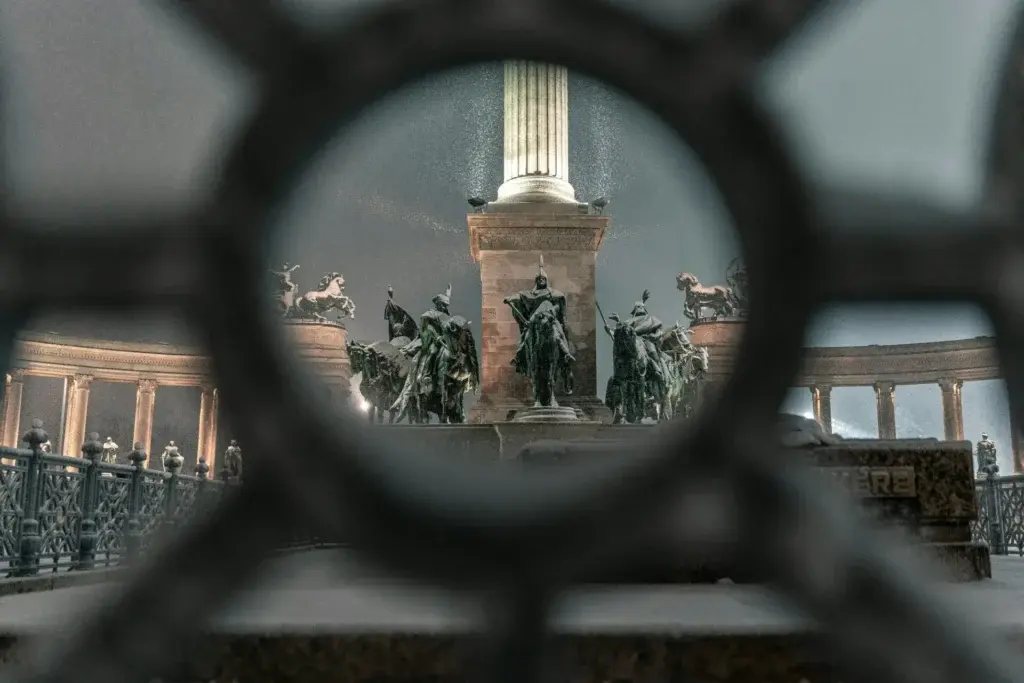
Szentendre, a charming town on the banks of the Danube just a few kilometers from Budapest, is a cultural and artistic gem that attracts visitors with its picturesque atmosphere, cobbled streets and rich historical heritage.
Founded by Serbs in the 18th century, Szentendre has long been a haven for artists and craftsmen, attracted by its bohemian atmosphere and peaceful setting. Today, the city is renowned for its art galleries, museums and craft stores, which attract art lovers and collectors from all over the world.

Lake Velence, Hungary’s hidden gem, is an aquatic paradise nestled in the fertile plains of the Transdanubia region. With its crystal-clear waters, sandy beaches and picturesque scenery, Lake Velence offers an idyllic getaway for nature lovers and outdoor enthusiasts.

Lillafüred Cave, a natural wonder hidden in the Bükk mountains of northern Hungary, is much more than just a tourist attraction: it’s a fascinating underground world that enchants visitors with its spectacular rock formations and mysterious atmosphere.
Located near the seaside resort of Lillafüred, this labyrinthine limestone cave offers a unique adventure for caving enthusiasts and the curious of all ages. With its narrow passages, sparkling stalactites and immense chambers, Lillafüred Grotto is a veritable paradise for intrepid explorers.

Váci Street, a lively thoroughfare in the heart of Budapest, is much more than just a shopping street: it’s a symbol of the Hungarian capital’s urban vitality and dynamism, a thoroughfare where history, culture and commerce meet.
This emblematic street, pedestrianized for most of its length, is a paradise for shopping and strolling. Lined with elegant boutiques, quaint cafés and inviting restaurants, Váci Street attracts visitors from all over the world with its lively atmosphere and unique charm.
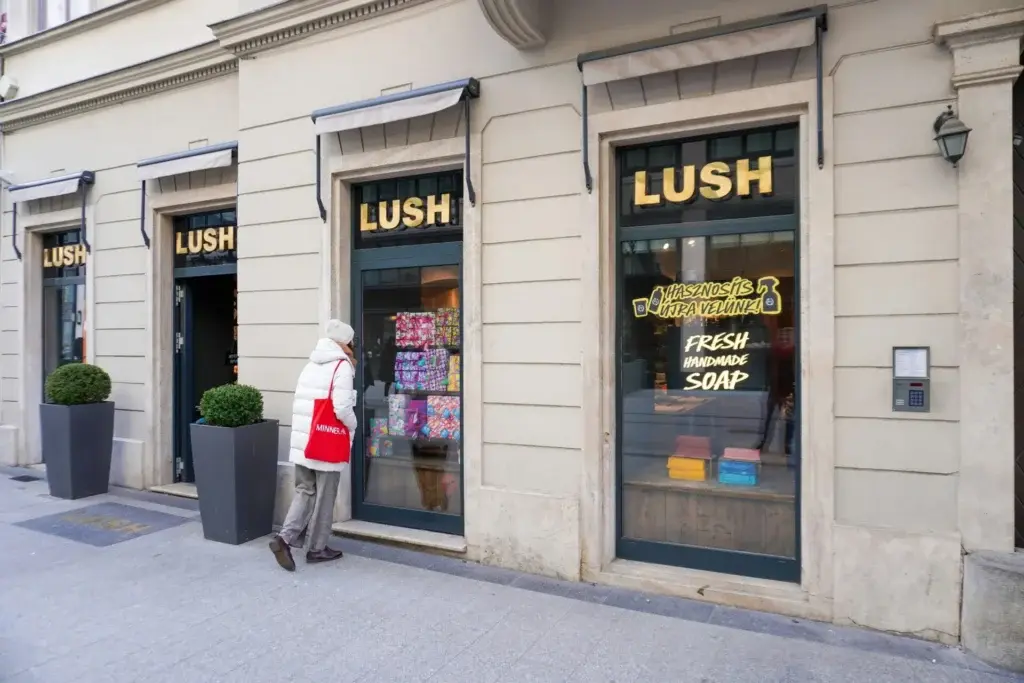
Aggtelek, a hidden gem in the green hills of northeast Hungary, is much more than just a tourist destination: it’s an unspoilt natural gem that enchants visitors with its spectacular scenery, mysterious caves and peaceful ambience.
The Aggtelek region is most famous for the Aggtelek National Park, a UNESCO World Heritage Site and home to the Aggtelek-Karst cave system. These unique underground caves offer an extraordinary discovery experience for nature and adventure lovers. Visitors can explore a complex network of passages and chambers adorned with spectacular rock formations, such as stalactites, stalagmites and stone columns, bearing witness to millions of years of geological evolution.

Towering majestically over the banks of the Danube, the Citadel of Budapest is an imposing fortress that dominates the skyline of the Hungarian capital. Perched on Gellért Hill, this historic citadel is much more than just a tourist attraction: it’s a symbol of the resilience and strength of the Hungarian people, an icon that embodies Budapest’s turbulent history.
Built in the 19th century by the Habsburgs after the Hungarian Revolution of 1848, the Citadel was intended to suppress any future attempts at revolt. Yet, over the years, it has become a symbol of freedom and independence for Hungarians, a place of remembrance that recalls the struggles and sacrifices of those who fought for their country.
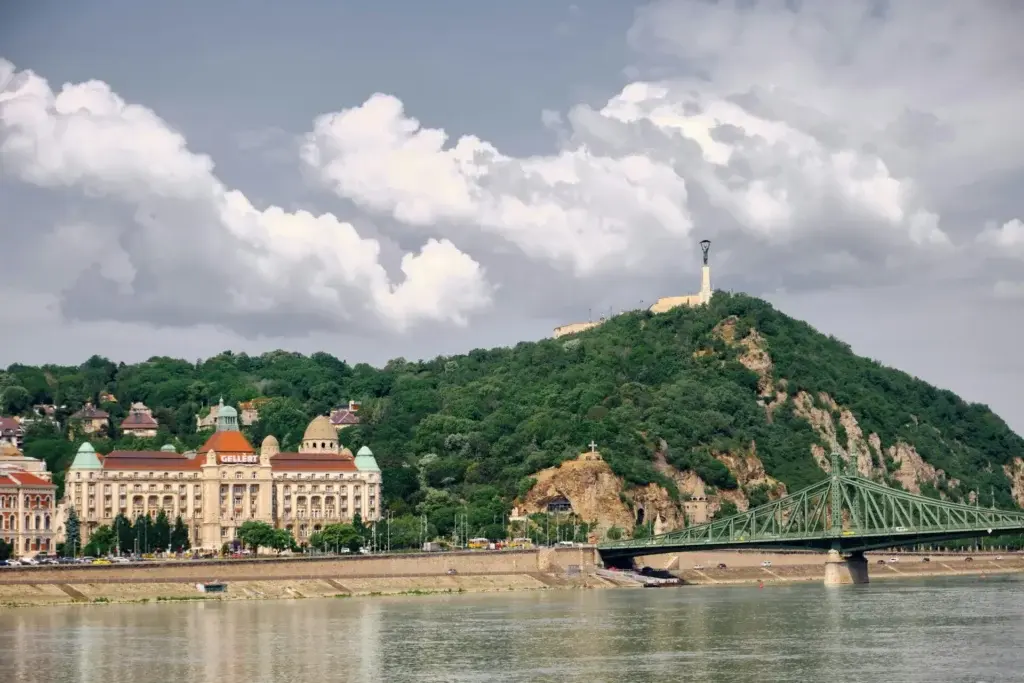
Szimpla Kert, a bohemian treasure nestled in the heart of Budapest, is much more than just a bar: it’s a truly iconic venue, a cultural experience in its own right that captivates visitors with its eclectic atmosphere and vibrant ambience.
This unusual bar, located in the trendy Kazinczy utca district, is a Budapest institution. Opened in 2002 in a disused factory, Szimpla Kert has quickly become a meeting place for artists, students and travellers from all over the world, attracted by its relaxed atmosphere and eclectic programming.
The interior of Szimpla Kert is a patchwork of styles and influences, with walls covered in colorful graffiti, motley furniture and original art installations. Visitors can lose themselves in this creative labyrinth, discovering secret corners and themed rooms that evoke Budapest’s eventful history.
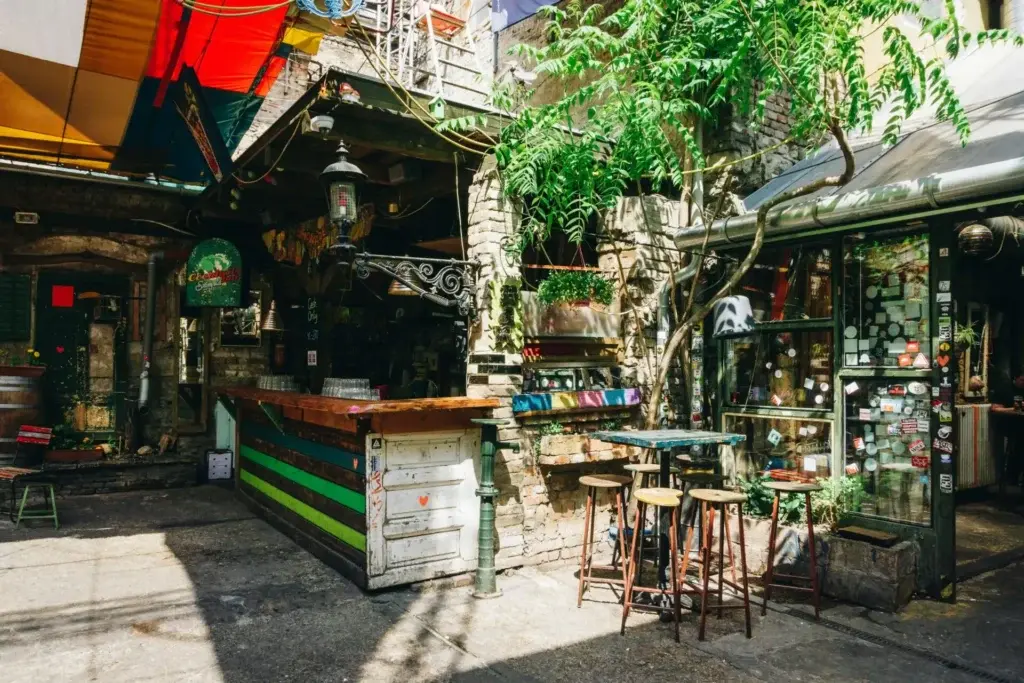
Do you have any questions?
Our teams are here to advise you!

4,3/5 on Trustpilot

Certified partners

Human & committed service

Customized offer

Optimal coverage